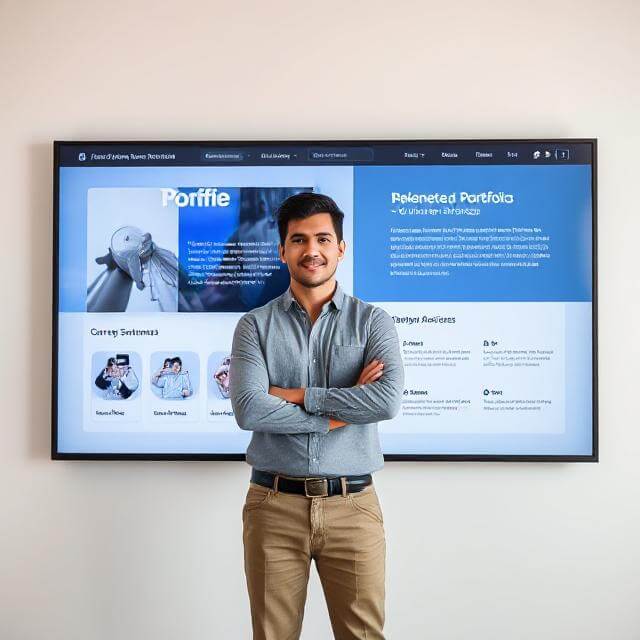Understanding Your Strengths & Weaknesses: The Ultimate Guide to Self-Awareness & Personal Growth
Introduction
Self-awareness is the cornerstone of personal development, and the process of understanding your strengths and weaknesses is fundamental to this journey. Whether you are aiming for academic excellence, a better career path, improved relationships, or personal satisfaction, knowing what you’re good at and where you struggle is crucial. In this comprehensive guide, we will walk through the concepts, benefits, methods, tools, and practical examples to help you thoroughly understand your strengths and weaknesses in a deeply introspective and empowering way.
Chapter 1: Why It’s Important to Know Yourself
1.1 Unlocking Potential
Recognizing your strengths enables you to maximize your potential. When you align your goals with your natural capabilities, your chances of success increase significantly.
1.2 Managing Weaknesses
Understanding your limitations allows you to seek help, delegate, or improve in areas that might hold you back. It’s about being realistic while striving for improvement.
1.3 Enhanced Decision Making
Self-aware individuals make more informed decisions. Whether it’s choosing a career path or responding to challenges, knowing your personal tendencies can be a game-changer.
1.4 Building Better Relationships
Self-awareness improves communication, empathy, and conflict resolution, helping build stronger personal and professional relationships.
Chapter 2: What Are Strengths and Weaknesses?
2.1 Definition of Strengths
Strengths are inherent qualities, skills, and behaviors that contribute to success and positive outcomes. These could be:
- Natural talents
- Learned skills
- Positive personality traits
2.2 Definition of Weaknesses
Weaknesses are traits or habits that can hinder your performance or well-being. These may include:
- Skills you lack
- Negative behaviors
- Personality traits that limit effectiveness
2.3 Strengths vs. Skills
A common misconception is that strengths and skills are the same. However, a strength might be empathy (a trait), while a skill could be data analysis. Strengths often inform how we learn or use skills.
Chapter 3: Methods to Identify Your Strengths & Weaknesses
3.1 Self-Reflection
Ask yourself these questions:
- What do I enjoy doing?
- Where do I feel most confident?
- What challenges do I avoid and why?
- When have I felt most fulfilled or accomplished?
3.2 Feedback from Others
Seek feedback from:
- Friends and family
- Colleagues and mentors
- Teachers or coaches They may highlight strengths and weaknesses you’re unaware of.
3.3 Journaling
Maintain a daily or weekly journal where you track:
- Achievements
- Mistakes
- Patterns in mood and energy
3.4 Strengths Assessment Tools
- Gallup StrengthsFinder
- VIA Character Strengths
- Myers-Briggs Type Indicator (MBTI)
- DISC Personality Assessment
3.5 SWOT Analysis (Personal)
- Strengths: What are you good at?
- Weaknesses: Where do you struggle?
- Opportunities: Where can you grow?
- Threats: What might hinder your growth?
Chapter 4: Common Strengths and Weaknesses
4.1 Examples of Strengths
- Communication
- Leadership
- Creativity
- Problem-solving
- Adaptability
- Empathy
- Organization
- Strategic thinking
4.2 Examples of Weaknesses
- Procrastination
- Fear of failure
- Poor time management
- Impulsiveness
- Lack of confidence
- Perfectionism
- Difficulty with feedback
Chapter 5: Leveraging Your Strengths
5.1 Align with Goals
Ensure your strengths align with your personal and professional goals. For example, if you’re a great communicator, consider careers in teaching, public speaking, or sales.
5.2 Build on Them
Continue learning and improving your strengths. Even a natural skill needs sharpening.
5.3 Use Them to Compensate for Weaknesses
Sometimes you can use one strength to balance a weakness. For instance, strong organization skills can counteract forgetfulness.
5.4 Showcase Them
Highlight your strengths in resumes, interviews, or social settings. Knowing how to present your strengths can set you apart.
Chapter 6: Working on Your Weaknesses
6.1 Accept Them First
You can’t improve what you deny. Acceptance is the first step toward growth.
6.2 Choose What to Improve
Not all weaknesses need fixing. Prioritize based on what’s limiting your goals.
6.3 Learn and Practice
Use resources:
- Books
- Online courses
- Mentors or coaches Set small, measurable goals to work on these areas.
6.4 Ask for Help
Collaborate with those who have strengths in your weak areas. This builds teamwork and growth.
6.5 Reframe Weaknesses
Some weaknesses are just strengths overused. For instance, being too detail-oriented might be perfectionism — learning balance can turn it into a strength.
Chapter 7: Strengths & Weaknesses in Different Life Areas
7.1 In Education
Understanding your learning style (visual, auditory, kinesthetic) helps optimize study strategies.
7.2 In Career
Choosing roles that align with strengths increases job satisfaction and performance.
7.3 In Relationships
Self-awareness can help reduce conflicts and improve connection by understanding triggers and communication styles.
7.4 In Mental Health
Knowing your limitations can help prevent burnout, anxiety, or self-doubt. It promotes self-compassion.
Chapter 8: Long-Term Strategies for Growth
8.1 Regular Self-Review
Set monthly or quarterly check-ins to reassess your strengths and weaknesses.
8.2 Stay Curious
Keep learning. Take new challenges, read, and ask questions.
8.3 Stay Humble
Even your best strength can backfire if overused. Stay grounded and open to feedback.
8.4 Build a Support System
Surround yourself with mentors, peers, and friends who can mirror your growth.
8.5 Balance Confidence and Self-Critique
Believe in yourself without ignoring areas of growth. It’s about progress, not perfection.
Conclusion
Understanding your strengths and weaknesses isn’t a one-time exercise — it’s a lifelong journey. The more you explore and reflect, the deeper your self-awareness grows. This knowledge empowers you to make better decisions, set realistic goals, build meaningful relationships, and live a life that truly reflects who you are.
Remember: True growth begins with knowing yourself. So be honest, stay curious, and never stop evolving.
If you enjoyed this guide and found it helpful, consider sharing it with friends or bookmarking it for your self-growth journey.




